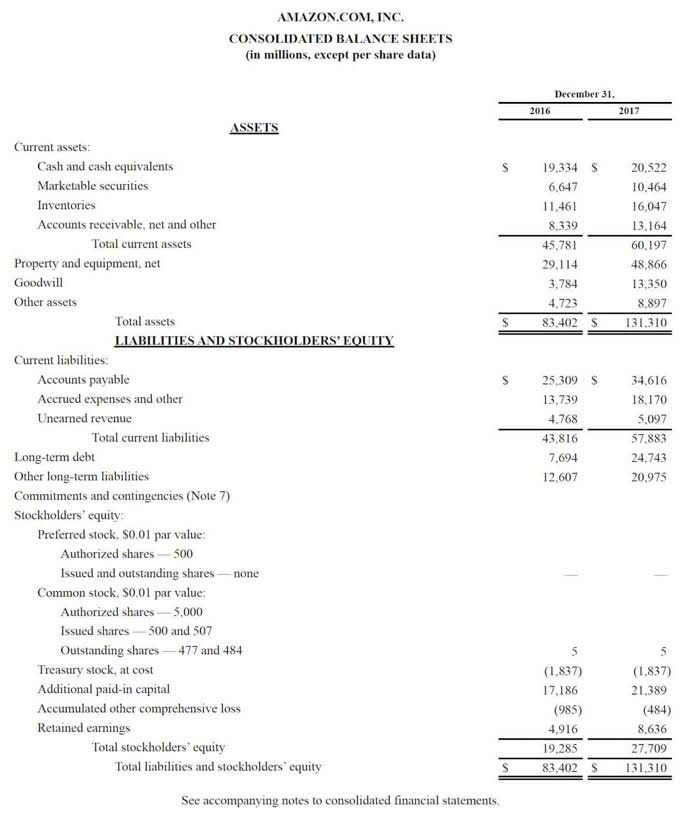
The entries for 2023, including the entry to record the bond issuance, are shown next. Using the same format for an amortization table, but having received $91,800, interest payments are being made on $100,000. Assume a company issues a $100,000 bond with a 5% stated rate when the market rate is also 5%.
- Modern accounting software, such as QuickBooks and SAP, often includes built-in functionalities to automate these calculations, reducing the risk of human error and ensuring consistency in financial reporting.
- See below for our total premium/discount amortization schedule for our Series 2022 issue on both an Actual and Annual Frequency.
- The discount on bonds payable account has a debit balance of 8,663 which needs to be amortized to the interest expense account over the lifetime of the bond.
- This procedure ensures correct recognition of interest expense throughout the bond’s life.
- A bond with a par value of $1,000 and a coupon rate of 6% pays $60 in interest each year.
- As interest is accrued, the carrying amount increases due to the amortization of the discount.
Example of Premium Bond Amortization
- While the Effective Interest Rate method is the standard approach, many issuers use the simpler Straight-Line method for premium/discount amortization.
- The Effective Interest Method is a widely employed method for calculating interest income on a financial instrument such as a bond over the period of its life.
- But the bond premium has to be amortized for each period, and a reduction of cost basis in the bond is necessary each year.
- It evenly spreads the premium or discount over the bond’s full life to maturity, similar to the effective interest rate to maturity method but without factoring in the bond’s carrying value or market interest rate adjustments.
This precision is particularly beneficial for long-term bonds, where the impact of premiums and discounts can significantly distort financial results if not properly accounted for. A fundamental aspect of this method is its reliance on the bond’s yield to maturity, which is the internal rate of return (IRR) that equates the present value of the bond’s future cash flows to its initial carrying amount. This yield remains constant over the bond’s life, providing a stable basis for calculating interest expense. By using the yield to maturity, the effective interest method aligns the interest expense with the economic reality of the bond’s cost, rather than just its nominal interest payments. The effective interest method is preferable to the straight-line method of charging off premiums and discounts on financial instruments, because the effective method is considerably more accurate on a period-to-period basis. However, it is also more difficult to compute than the straight-line method, since the effective method must be recalculated every month, while the straight-line method charges off the same amount in every month.

What Is the Effective Interest Rate Method of Amortizing a Bond?
With the straight-line method, DebtBook allows users to choose when to start amortizing the premium/discount. The Effective Interest Rate to Call method considers whether the stated yield is the Yield to Call or Yield to Maturity. Municipal bonds must be reported at their “yield to worst,” the lowest possible yield. An identical process is followed if the bonds are issued at a discount as the following example shows. Picture an entity that acquires a bond for £70,000 originally issued with a face value of £100,000.
- The Straight Method is preferable when the premium amount is very less or insignificant.
- The effective interest method of amortization begins by assuming that all payments are invested at an annual rate for the full period that they are outstanding.
- Chartered accountant Michael Brown is the founder and CEO of Double Entry Bookkeeping.
- In this method, the premium or discount is amortized based on the bond’s effective interest rate over its full maturity period.
- The primary advantage of using the effective interest rate is simply that it is a more accurate figure of actual interest earned on a financial instrument or investment or of actual interest paid on a loan, such as a home mortgage.
- The effective interest method is grounded in the principle of allocating interest expense over the life of a bond in a manner that reflects the constant rate of return on the book value of the bond.
Effective Interest Method in Bond Amortization: A Comprehensive Guide

Therefore, the amortization causes interest expense in each accounting period to be higher than the amount of interest paid during each year of the bond’s life. For floating-rate instruments, periodic re-estimation of cash flows affects EIR without causing a one-time gain when the effective interest rate method is used, the amortization of the bond premium or loss in P/L. It’s important to note that this approach applies solely to changes reflecting movements in market interest rates. This method is a variation of the standard straight-line approach but assumes that the bond will be held to maturity rather than being called.
Would you prefer to work with a financial professional remotely or in-person?

Understanding and accurately applying discount bond amortization is important for financial reporting and compliance with standards like ASC 842 and GASB 87. By choosing the appropriate amortization method, issuers can ensure precise calculations that reflect the true economic impact of their bonds. Suppose, for example, a business issued 10% 2-year what are retained earnings bonds payable with a par value of 250,000 and semi-annual payments, in return for cash of 241,337 representing a market rate of 12%. Suppose, for example, a business issued 10% 2-year bonds payable with a par value of 250,000 and semi-annual payments, in return for cash of 259,075 representing a market rate of 8%. When they are issued at anything other than their par value a premium or discount on bonds payable account is created in the bookkeeping records of the business. The difference between coupon/interest paid and premium amortized is amortization to carrying the value of a bond.
See the example of a financial liability modification not resulting in derecognition. Note that there is an alternative method where estimated cash flows are based on forward rates, although this is much less frequently used in practice (IFRS 9 does not specify the approach to be used). Below is the total amortization schedule for our Series 2022 issue, illustrating how premium amortizes at the call date while the discount continues. For instance, if a bond with a $1,000 face value is purchased for $950, the $50 difference is the discount. Over time, this discount is amortized, meaning it’s spread out and recognized as interest income over the remaining life of the bond.